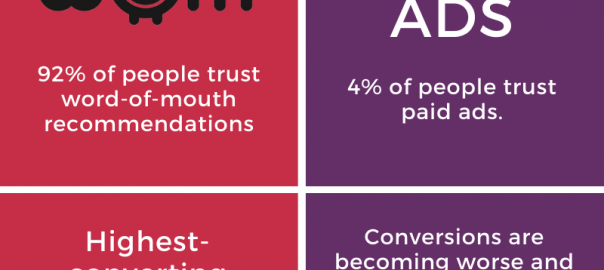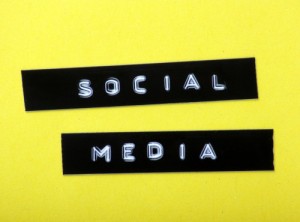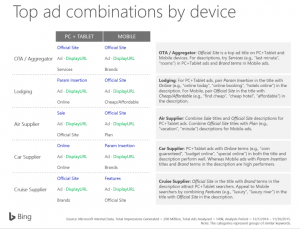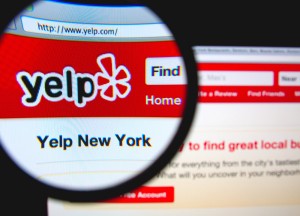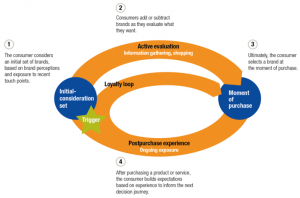Paid ads have long been a staple of marketing, with Google and Facebook Ads being the bread and butter of many digital marketers. However, a number of trends are leading to a sharp decline in the value of paid ads. For instance, marketing mediums are becoming over-saturated with ads, users’ attention spans are diminishing, users’ trust in paid ads is decreasing, users are turning to ad-blockers, click-farms and bots are on the rise, conversion rates are decreasing, and more.
In light of these trends, smart marketers are turning to alternatives to regain user trust and increase conversion rates. One powerful alternative is word-of-mouth (WOM) marketing because it’s based on the trust that users already have for people they know and care about. Every day, around 2.1 billion WOM recommendations are shared, leading to purchase decisions with a higher conversion rate than any other marketing channel. Given the rise of data scandals and privacy issues related to paid ads, it doesn’t look like paid ads will make a come-back any time soon, making WOM a more and more attractive alternative.
However, digital WOM could face some of the same problems as paid ads, as users may naturally ask themselves, how do I know I can trust this digital recommendation? This is where platforms like WOM Protocol come in, which connects content creators, authenticators, and social platforms to capitalize on digital word-of-mouth recommendations.
In spite of the many challenges in the paid ads space, it’s not like paid ads are going away anytime soon, and they’ll remain a useful tool in the toolbelt of marketers everywhere. However, paid ads are by no means the best paid digital attention-grabbing tool for marketers anymore, and the basis of marketing is experimentation, naturally leading many marketers to test digital word-of-mouth, and with great results.
So, what is the best option for you, paid ads or word-of-mouth? Check out the infographic below to understand some of the benefits and drawbacks behind these two leading options.
![Word-of-Mouth (WOM) Marketing vs Paid Ads [Infographic] Word-of-Mouth (WOM) Marketing vs Paid Ads [Infographic]](https://www.onlinesalesguidetip.com/wp-content/uploads/2019/10/Word-of-Mouth-WOM-Marketing-vs-Paid-Ads-Infographic.png)
Digital & Social Articles on Business 2 Community
(55)
Report Post